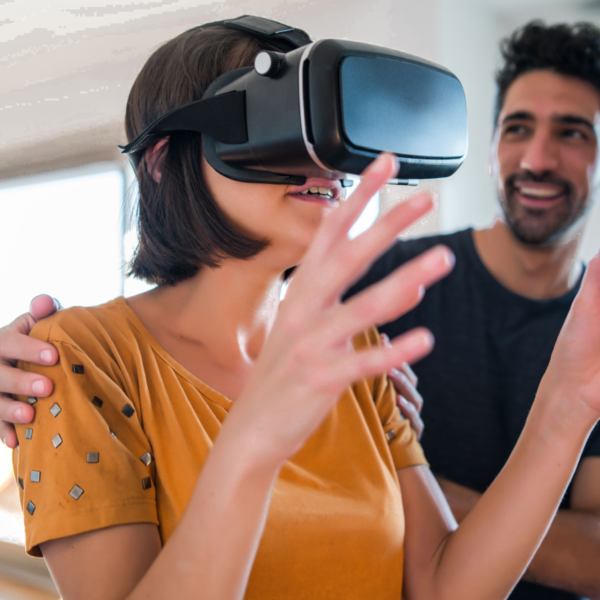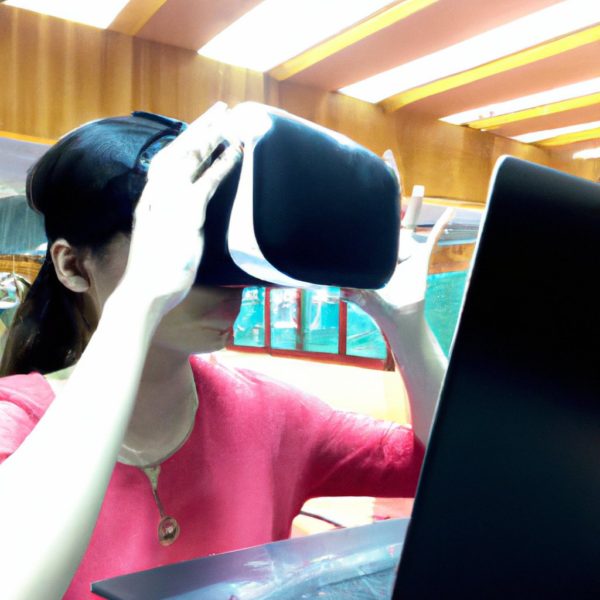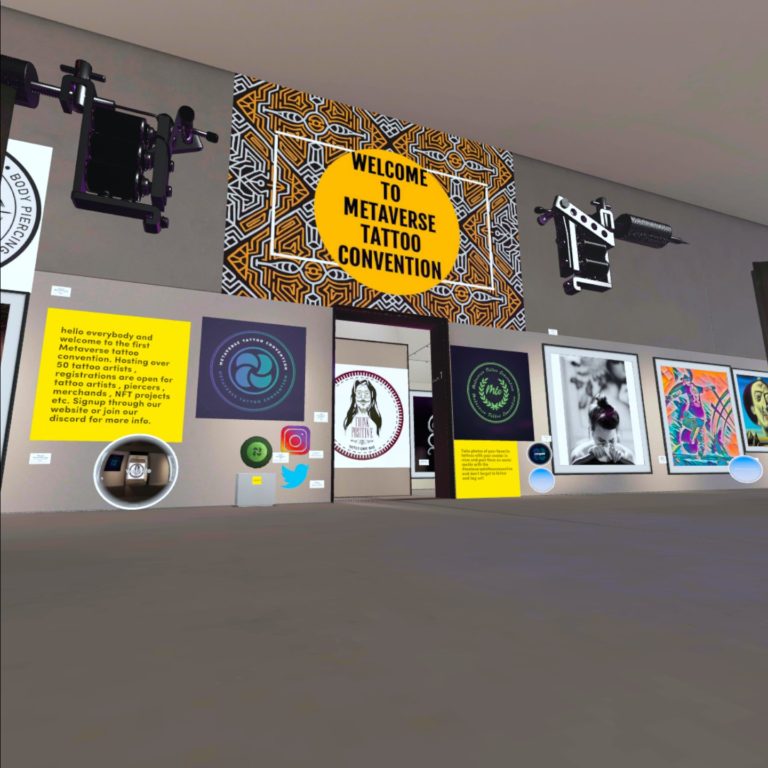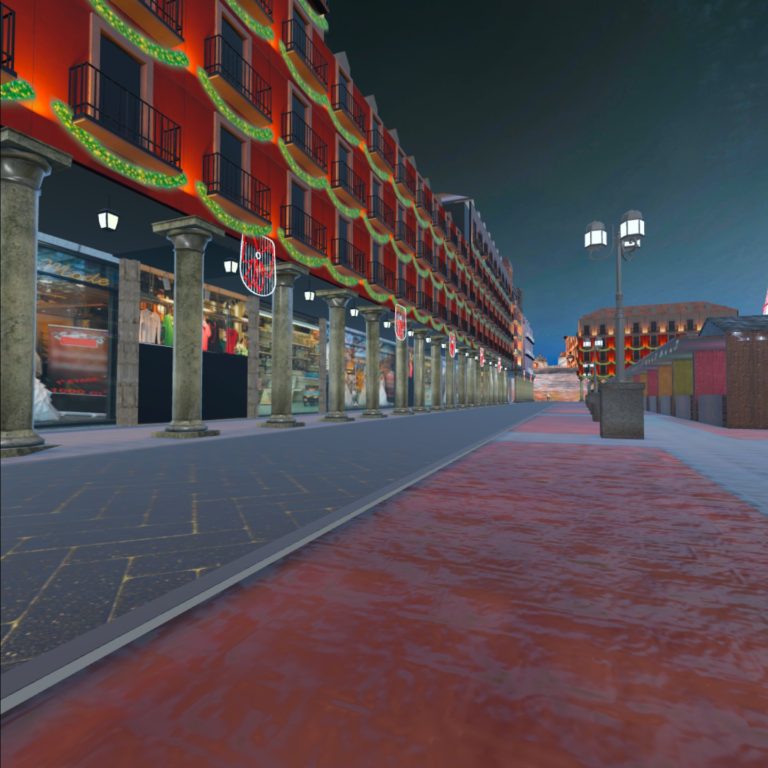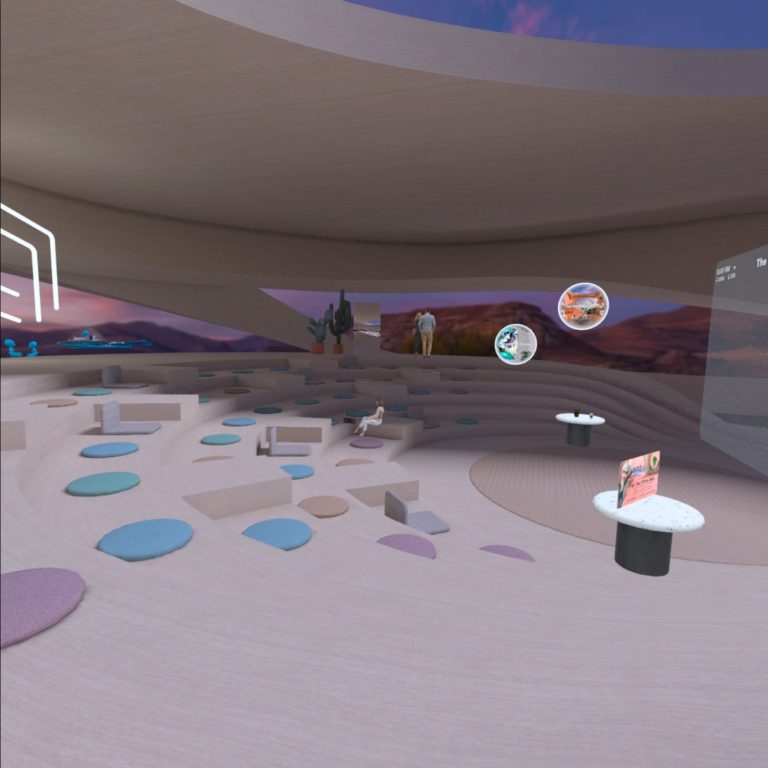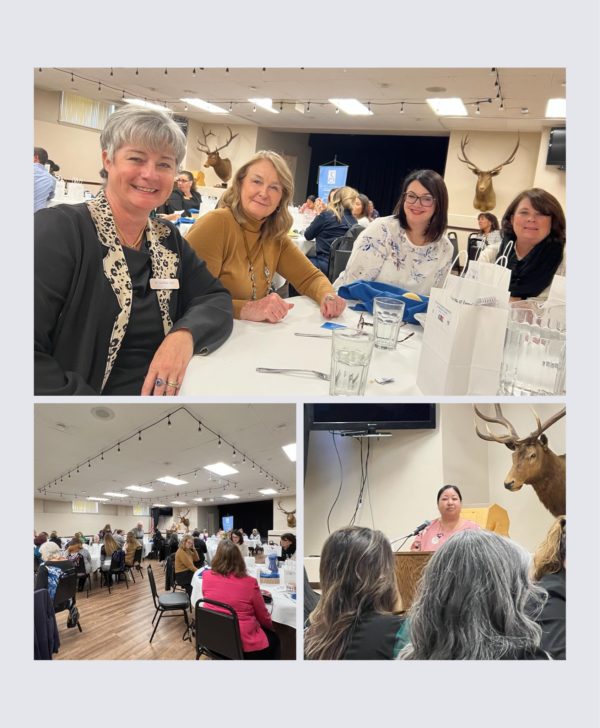
Humble Beginnings!
When I began teaching Social Media and Social Media Strategy, in the first decade of the 21st century, it was new to us! There was actually a time before social media, and in those days, education establishments used traditional marketing efforts. However, it became clear to institutions that they needed to adopt social media to support their marketing plans. I was fortunate to be assigned a special project by my college. I was asked to develop my college’s social media networks and social media presence in a strategic manner. It was a great opportunity to use social media to reach our students and our community. My focus at that time was to build a Social Media Strategy, that had measurable social media objectives, as well as the building of a Social Media Policy, that clearly identified guidelines for users.
I am proud of the contribution I made to my school and my community in the realm of social media, back then, and my passion for developing student engagement and community relationship building through the internet continued to grow! In 2021 I successfully defended my doctoral dissertation on “California Community Colleges: Social Media Practices, A Qualitative Case Study. The study provided recommendations and guidance for higher education leaders in developing social media strategies to support the goals of the California Vision for Success.
The world is abuzz with Web3.0, VR, Immersive Learning & AI
And, here we are today, and the world is abuzz with the evolution into Web3.0, Virtual Reality, Immersive Learning, and Artificial Intelligence! It is a time, just like the time when social media emerged, that institutions need a plan! Institutions are utilizing virtual reality tools to support student learning, engagement and success. It is important that institutions develop strategies and policies on learning utilizing immersive technologies, and I outline below what to consider as a part of an Immersive Learning Policy.
Immersive Learning Policy
A comprehensive Immersive Learning Policy would outline guidelines and support for the effective use of immersive technologies, such as virtual reality (VR) and augmented reality (AR), in education. The policy would address important issues related to technology, instructional design, faculty development, student support, assessment, privacy, and security. Below are items to consider when developing the plan!
Purpose and goals
Outline the goals and objectives of using immersive technologies in education, such as enhancing student engagement and improving learning outcomes.
Technology standards
Specify hardware and software requirements for immersive technology systems and ensure that they meet accessibility standards.
Instructional design
Provide guidelines for creating effective immersive learning experiences, such as incorporating interactivity, providing feedback, and balancing immersion with learning objectives.
Faculty development
Offer training and support for faculty to effectively integrate immersive technologies into their teaching and create engaging and effective learning experiences.
Student support
Provide resources and support for students using immersive technologies, such as technical assistance, online tutorials, and help desks.
Assessment and evaluation
Develop methods for evaluating the effectiveness of immersive learning experiences, including both formative and summative assessments.
Data privacy and security
Address privacy and security concerns related to the use of immersive technologies in education, including data storage, access, and privacy policies.
Evaluation and continuous improvement
Regularly evaluate the effectiveness of the Immersive Learning Policy and make changes as needed to ensure that it is meeting its goals and objectives.

